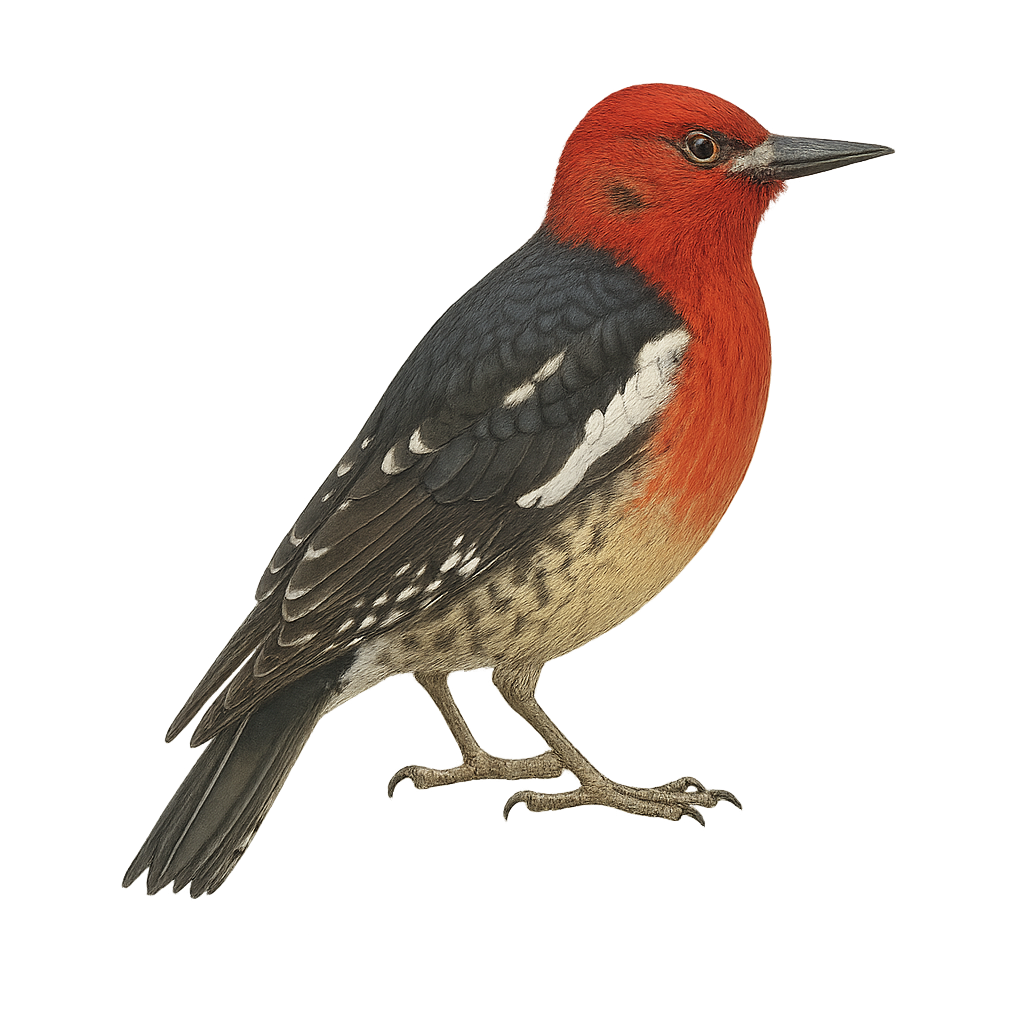Your wildlife photography guide.
Explore the red-breasted sapsucker in detail, study its behavior, prepare your shots.
Where to observe and photograph the red-breasted sapsucker in the wild
Learn where and when to spot the red-breasted sapsucker in the wild, how to identify the species based on distinctive features, and what natural environments it inhabits. The WildlifePhotographer app offers tailored photography tips that reflect the red-breasted sapsucker’s behavior, helping you capture better wildlife images. Explore the full species profile for key information including description, habitat, active periods, and approach techniques.
Red-breasted Sapsucker
Scientific name: Sphyrapicus ruber

IUCN Status: Least Concern
Family: PICIDAE
Group: Birds
Sensitivity to human approach: Suspicious
Minimum approach distance: 10 m
Courtship display: April to June
Incubation: 12-13 jours
Hatchings: May to June
Habitat:
coniferous forests, mixed forests, wooded areas
Activity period :
Primarily active during the day, with peak activity in the morning and late afternoon.
Identification and description:
The Red-breasted Sapsucker, or Sphyrapicus ruber, is a medium-sized bird belonging to the woodpecker family. It is easily recognizable by its bright red head, black and white back, and pale yellow belly. This bird is primarily found along the west coast of North America, inhabiting coniferous and mixed forests. It mainly feeds on tree sap, which it extracts by drilling holes in the bark, but it also consumes insects and fruits. The Red-breasted Sapsucker is a partial migrant, moving southward in winter. It is known for its distinctive drumming, used for communication and territory marking.
Recommended lens:
400 mm – adjust based on distance, desired framing (portrait or habitat), and approach conditions.
Photography tips:
To photograph the Red-breasted Sapsucker, it is advisable to use a 400mm lens or longer to capture precise details without disturbing the bird. Look for it in coniferous or mixed forests, especially near trees where it feeds on sap. Be patient and discreet, as this bird can be suspicious. Morning is often the best time to observe it, as it is more active. Use a tripod to stabilize your camera and achieve sharp images.
The WildlifePhotographer App is coming soon!
Be the first to explore the best nature spots, track rutting seasons, log your observations, and observe more wildlife.
Already 1 439 wildlife lovers subscribed worldwide

